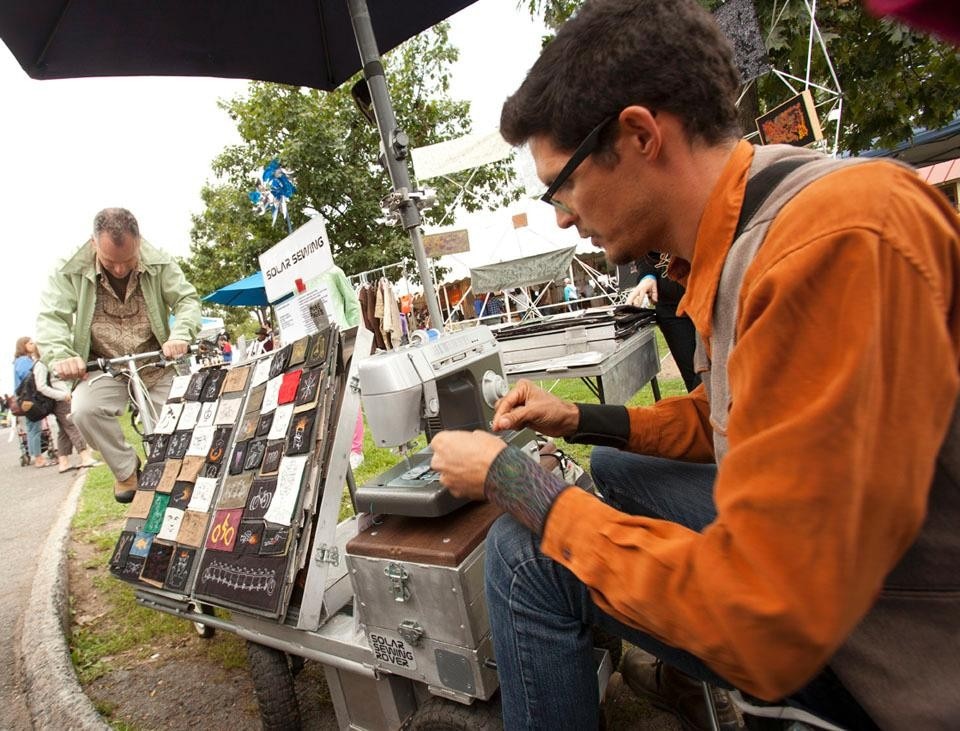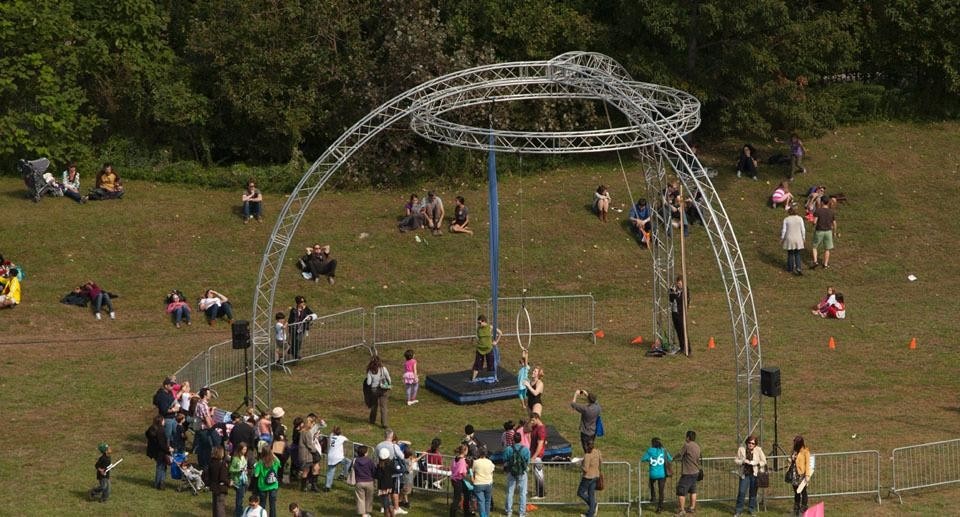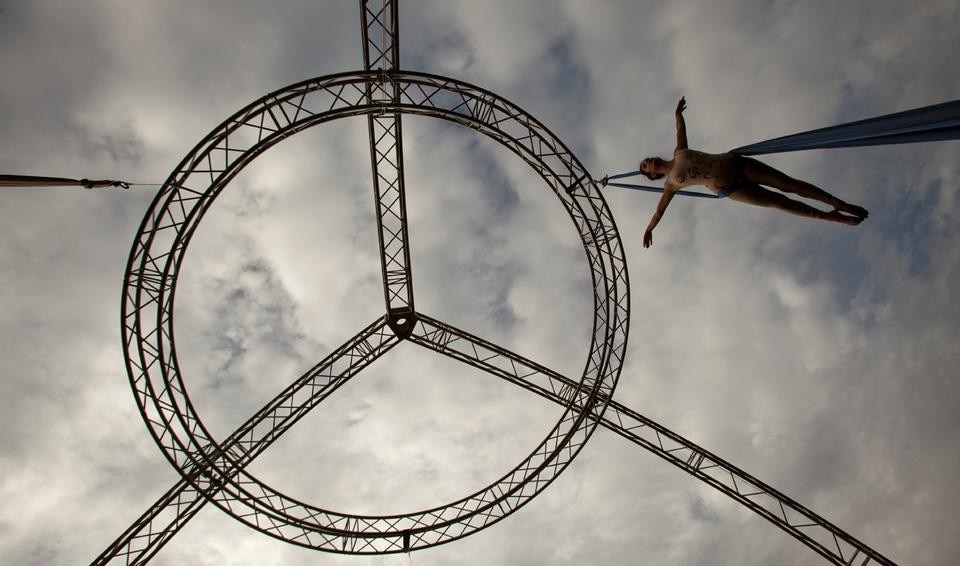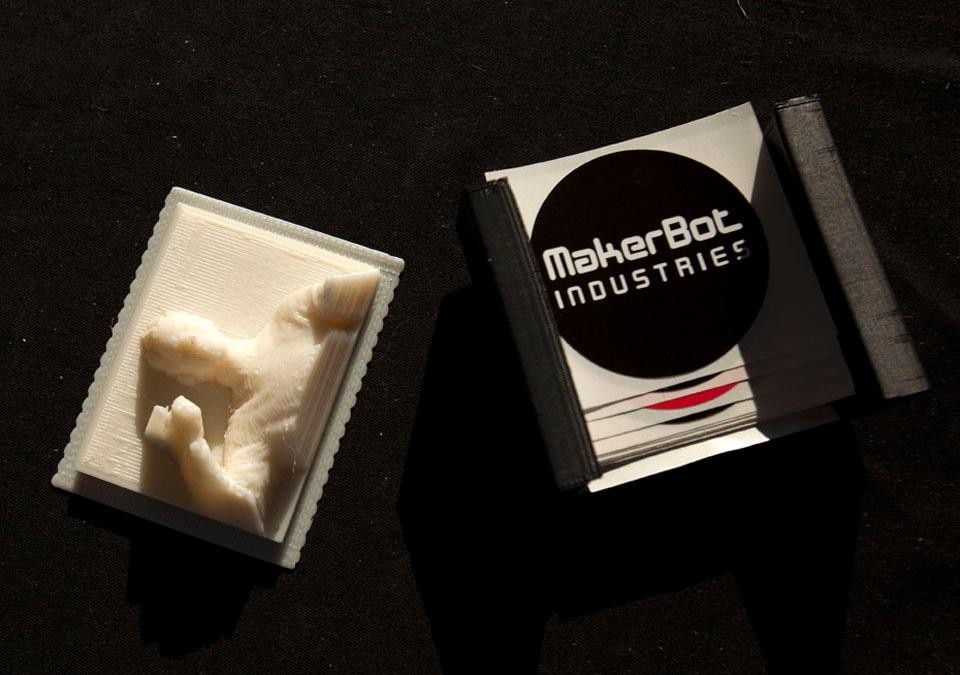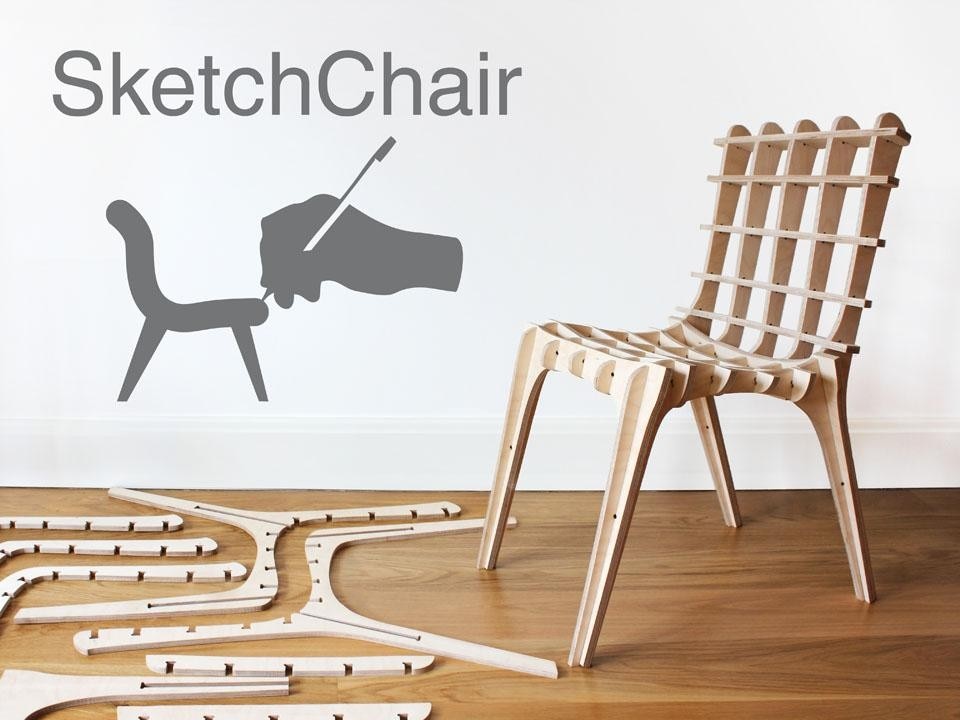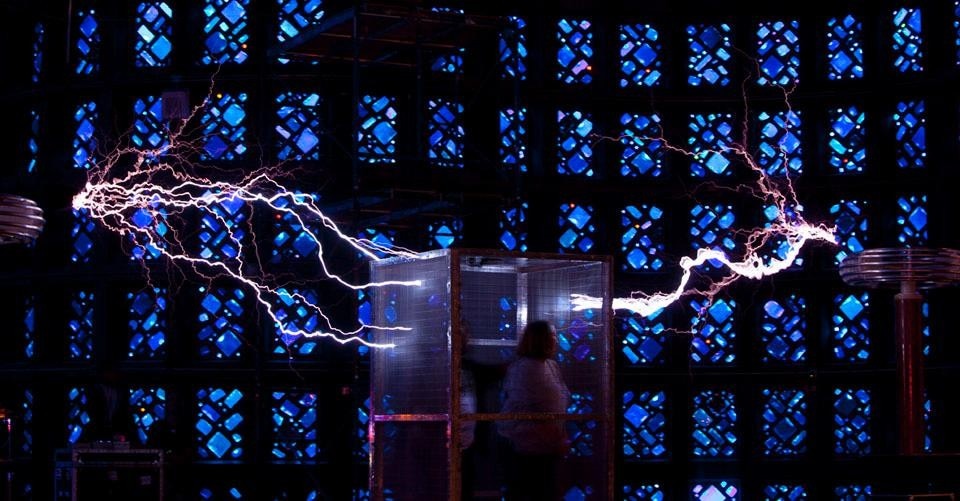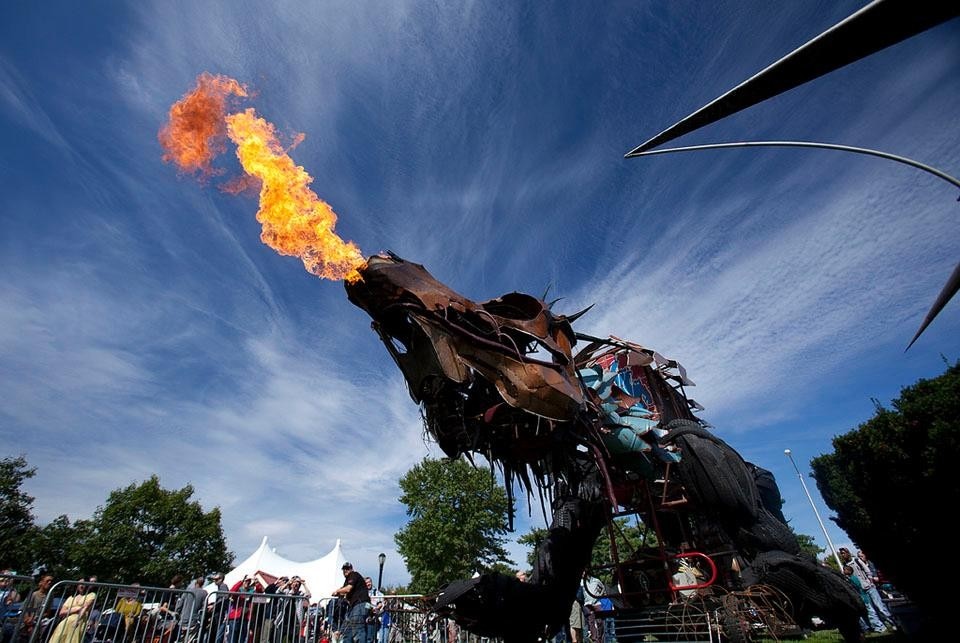Makers are the contemporary version of the lone inventor, a positive figure with an inquisitive and open mind who loves making things with his/her own hands. There is, however, one crucial difference from the old-fashioned inventor—the Internet and knowledge-sharing now mean that makers are members of a digital community comprising thousands of enthusiasts, democratic and often inspired by the open-source philosophy. Makers are truly a sprawling cultural and social movement based on free and constructive collaboration and that meets up in real places such as Maker spaces and Fab Labs—which provide the tools for experimenting and sharing ideas/knowledge—and events like the Maker Faire. Whether digital or physical, these meeting places encourage dialogue and relationships from which to learn and share the intrinsic value of an object made with your own hands, as well as the true pleasure of lending physical form to thoughts and creating order out of chaos.
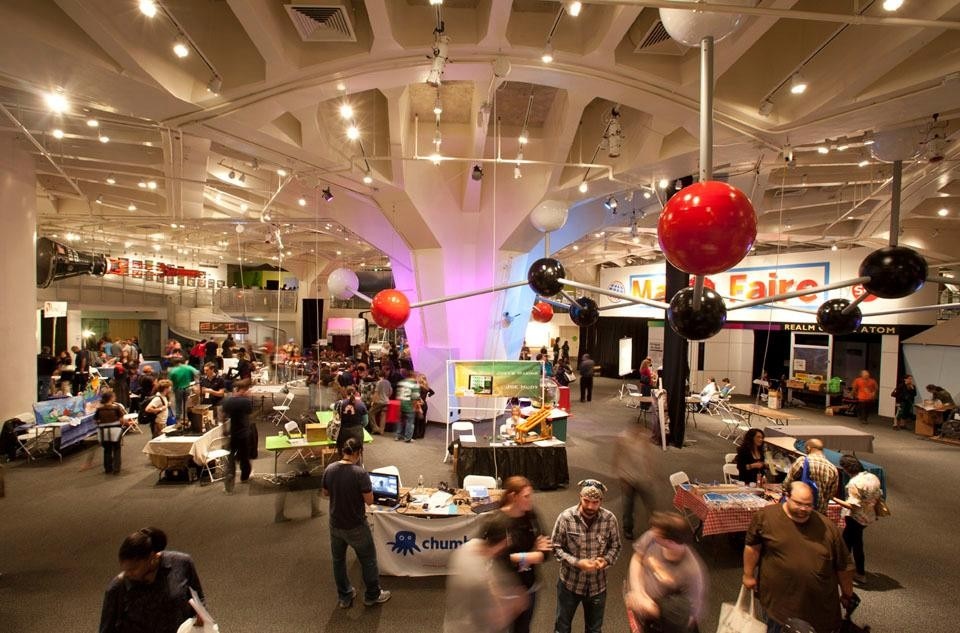
Above: The New York Hall of Science, the science and technology museum in Queens, showcases projects that art part art, part craft, part technology .
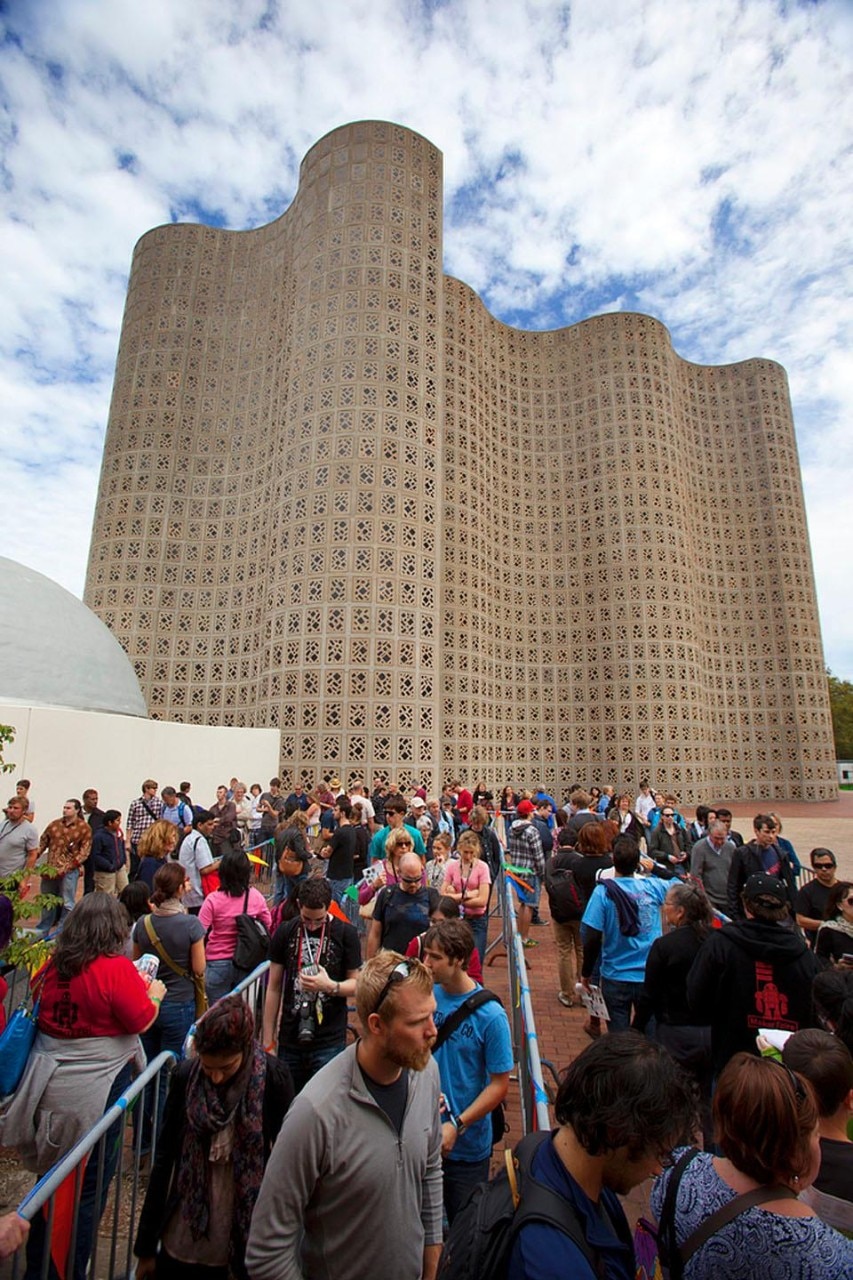
One thing that is common to all the 21st-century inventors is the desire to produce their ideas themselves in a process based on technology, respect for the environment, sustainability, education and the return to local manufacturing.
